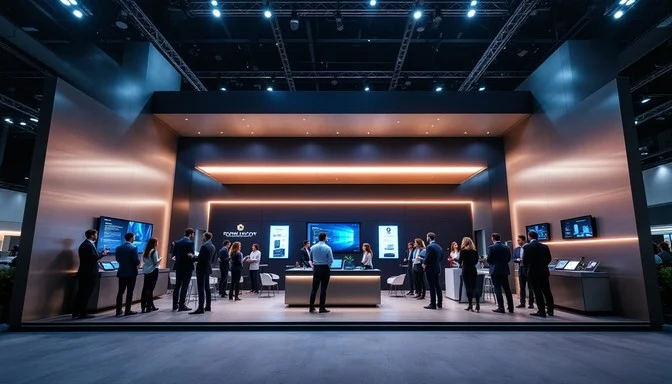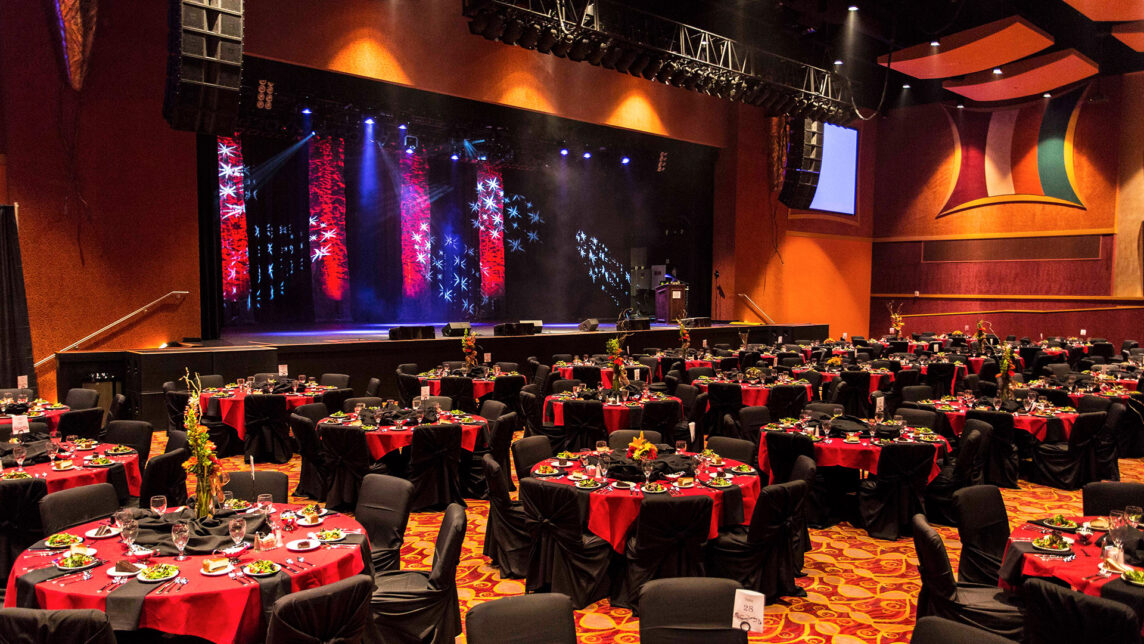Planning an event in today’s world means making more than just decisions about speakers, venues, or catering—it starts with choosing the right event format. With the evolving needs of audiences and rapid advancements in technology, event organizers now have three core formats to choose from: Virtual, Hybrid, and In-Person. Each format has its own unique benefits, limitations, and ideal use cases.
So how do you decide which one is right for your event? Let’s explore the pros and cons of each format and how to make the best decision based on your goals, audience, and resources.
1. Virtual Events
What They Are:
Virtual events are hosted entirely online. Attendees join from their devices, using platforms like Zoom, Microsoft Teams, or event-specific platforms like Hopin or Webex.
Pros:
-
Wider Reach: Breaks down geographical barriers, allowing people to join from anywhere in the world.
-
Cost-Effective: Saves on venue, travel, lodging, and catering costs.
-
Data-Driven: Easier to track engagement metrics and attendee behavior through digital tools.
-
Accessibility: Recordings and closed captions make content more accessible and evergreen.
Cons:
-
Limited Networking: Less organic interaction and spontaneous conversations.
-
Engagement Challenges: Requires more effort to keep attendees engaged and avoid screen fatigue.
-
Tech Dependence: Relies heavily on internet connectivity and user tech literacy.
Best For:
-
Webinars, training sessions, product launches, and global conferences with a tight budget.
2. Hybrid Events
What They Are:
Hybrid events combine both in-person and virtual components. Attendees can choose to attend physically or participate online.
Pros:
-
Maximum Flexibility: Accommodates diverse audience needs and comfort levels.
-
Increased Attendance: Attracts people who wouldn’t be able to attend in person due to distance or cost.
-
Data + Connection: Offers the data-tracking benefits of virtual with the engagement strengths of in-person.
-
Crisis-Proof: More adaptable in case of unexpected disruptions (like travel bans or weather events).
Cons:
-
Complex Planning: Requires more coordination, tech setup, and dual-content strategy.
-
Costly: May be more expensive than either format alone due to the need for tech infrastructure and physical space.
-
Experience Gap: Risk of creating an unequal experience for virtual and in-person attendees.
Best For:
-
Conferences, trade shows, annual meetings, or any large-scale event where inclusivity and reach are top priorities.
3. In-Person Events
What They Are:
Traditional, face-to-face events where all participants are physically present at a venue.
Pros:
-
Human Connection: Enables stronger relationship-building, networking, and immersive experiences.
-
Hands-On Engagement: Ideal for demos, workshops, and activities requiring physical presence.
-
Atmosphere: Creates a more memorable and emotionally impactful environment.
Cons:
-
Limited Reach: Attendance may be restricted by travel budgets and geographical constraints.
-
Higher Costs: Venue rental, catering, travel, accommodations, and staffing can add up quickly.
-
Less Data: Harder to track engagement and participation unless supplemented by apps or tools.
Best For:
-
Networking events, trade shows, galas, team-building retreats, and interactive workshops.
How to Choose the Right Format
Here are a few key questions to guide your decision:
-
Who is your audience?
-
Are they tech-savvy? Global or local? Need accessibility options?
-
-
What is your goal?
-
Are you trying to build community, share information, launch a product, or foster learning?
-
-
What’s your budget?
-
Consider costs for tech, travel, venue, production, and staffing.
-
-
What’s the content type?
-
Does your content require hands-on interaction or can it be delivered digitally?
-
-
How important is data collection?
-
Virtual and hybrid formats offer stronger analytics than purely in-person events.
-
Final Thoughts
There’s no one-size-fits-all answer when it comes to choosing an event format. The right decision hinges on your audience’s needs, your goals, and the resources you have at your disposal.
-
Go Virtual if you want global reach and scalability.
-
Choose Hybrid for flexibility and inclusivity.
-
Opt for In-Person to maximize impact and connection.
Ultimately, the best events are those that put the audience experience at the center—regardless of the format.







